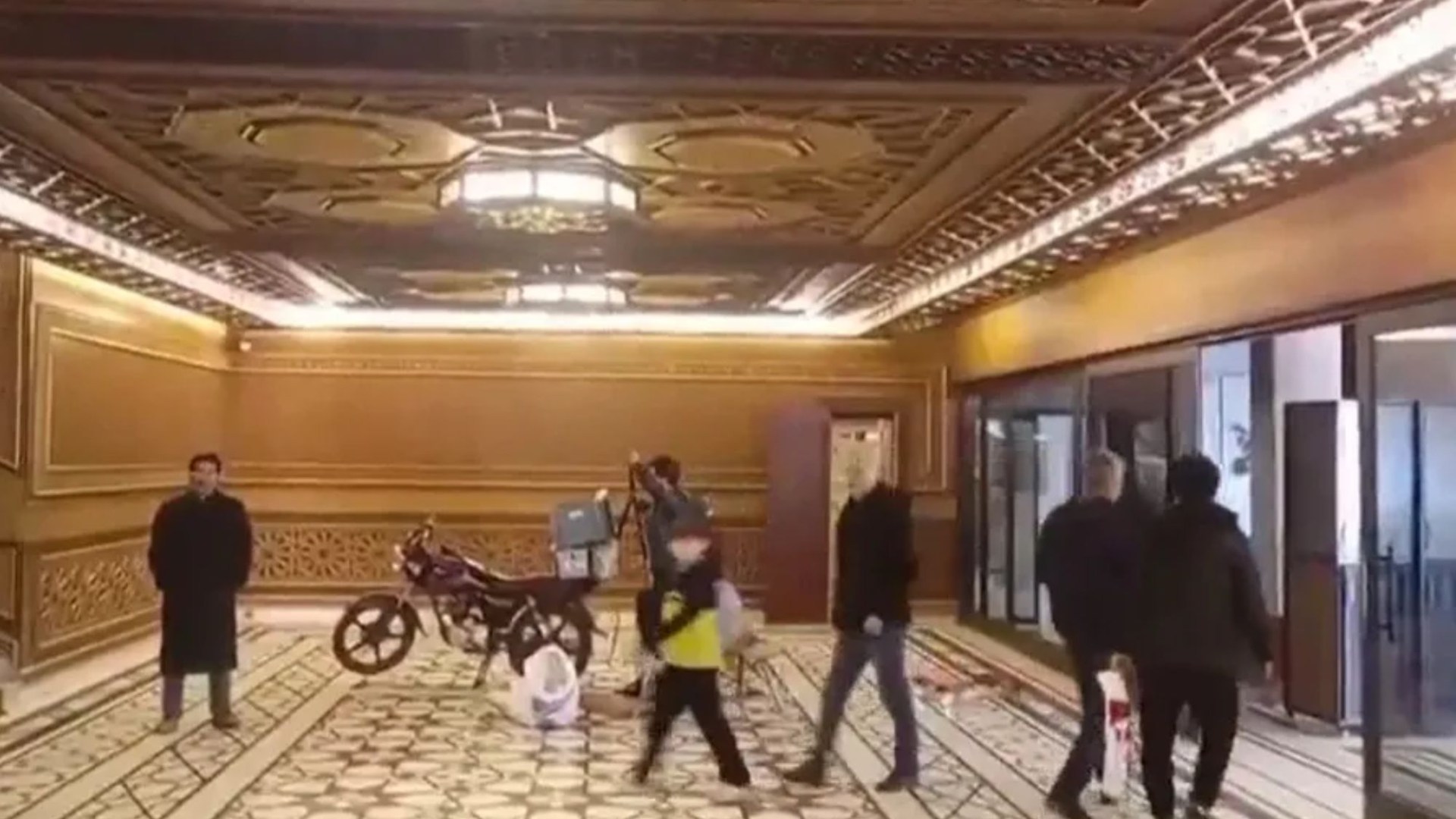The sudden collapse of Assad’s rule over Syria could mark the end of a nearly 14-year civil war in the country.
2011 – The first protests against Assad quickly spread across the country, and are met by security forces with a wave of arrests and shootings.
Some protesters take up guns and military units defect as the uprising becomes an armed revolt that will gain support from Western and Arab countries and Turkey.
2012 – A bombing in Damascus is the first by al Qaeda’s new Syrian affiliate, the Nusra Front, which gains in power and starts crushing groups with a nationalist ideology.
World powers meet in Geneva and agree on the need for a political transition, but their divisions on how to achieve it will foil years of U.N.-sponsored peace efforts.
Assad turns his air force on opposition strongholds, as rebels gain ground and the war escalates with massacres on both sides.
2013 – Lebanon’s Hezbollah helps Assad to victory at Qusayr, halting rebel momentum and showing the Iran-backed group’s growing role in the conflict.
Washington has declared chemical weapons use a red line, but a gas attack on rebel-held eastern Ghouta near Damascus kills scores of civilians without triggering a U.S. military response.
2014 – Islamic State group suddenly seizes Raqqa in the northeast and swathes more territory in Syria and Iraq.
Rebels in the Old City of Homs surrender, agreeing to move to an outer suburb – their first big defeat in a major urban area and a precursor to future “evacuation” deals.
Washington builds an anti-Islamic State coalition and starts air strikes, helping Kurdish forces turn the jihadist tide but creating friction with its ally Turkey.
2015 – With better cooperation and more arms from abroad, rebel groups gain more ground and seize northwestern Idlib, but Islamist militants are taking a bigger role.
Russia joins the war on Assad’s side with air strikes that turn the conflict against the rebels for years to come.
2016 – Alarmed by Kurdish advances on the border, Turkey launches an incursion with allied rebels, making a new zone of Turkish control.
The Syrian army and its allies defeat rebels in Aleppo, seen at the time as Assad’s biggest victory of the war.
The Nusra Front splits from al Qaeda and starts trying to present itself in a moderate light, adopting a series of new names and eventually settling on Hayat Tahrir al-Sham (HTS).
2017 – Israel acknowledges air strikes against Hezbollah in Syria, aiming to degrade the growing strength of Iran and its allies.
U.S.-backed, Kurdish-led forces defeat Islamic State in Raqqa. That offensive, and a rival one by the Syrian army, drive the jihadist group from nearly all its land.
2018 – The Syrian army recaptures eastern Ghouta, before quickly retaking the other insurgent enclaves in central Syria, and then the rebels’ southern bastion of Deraa.
2019 – Islamic State loses its last scrap of territory in Syria. The U.S. decides to keep some troops in the country to prevent attacks on its Kurdish allies.
2020 – Russia backs a government offensive that ends with a ceasefire with Turkey that freezes most front lines. Assad holds most territory and all main cities, appearing deeply entrenched. Rebels hold the northwest.
A Turkey-backed force holds a border strip. Kurdish-led forces control the northeast.
2023 – The Hamas attack on Israel on Oct. 7 triggers fighting between Israel and Hezbollah in Lebanon, ultimately reducing the group’s presence in Syria and fatally undermining Assad.
2024 – Rebels launch a new assault on Aleppo. With Assad’s allies focused elsewhere his army quickly collapses. Eight days after the fall of Aleppo the rebels have taken most major cities and enter Damascus, driving Assad from power.
